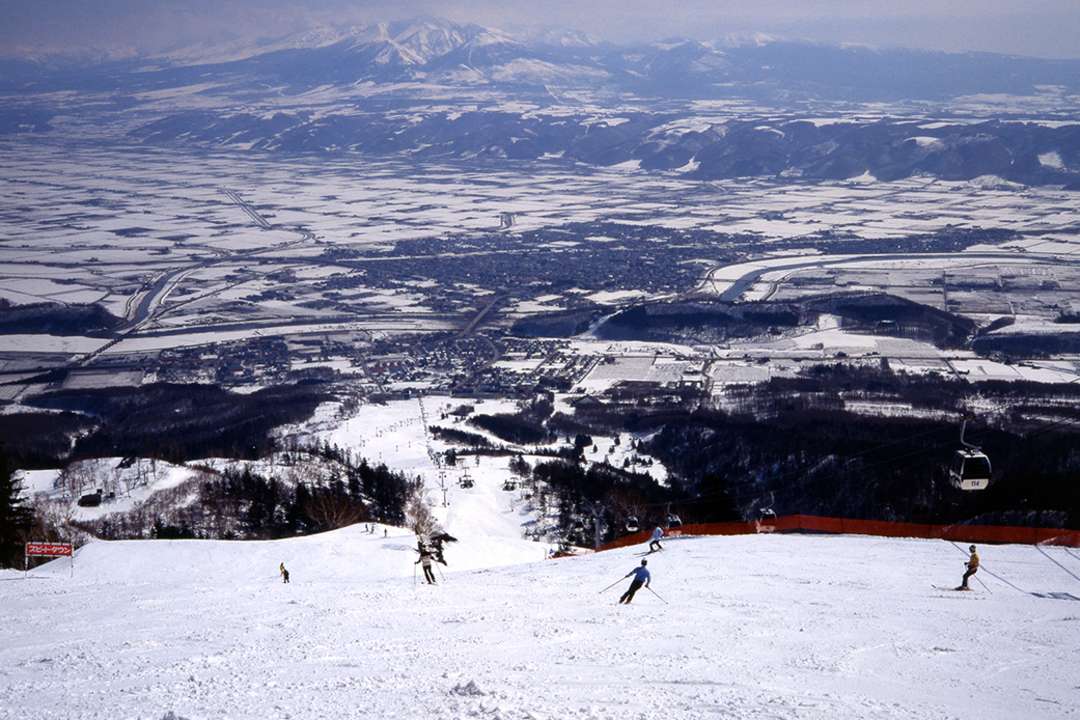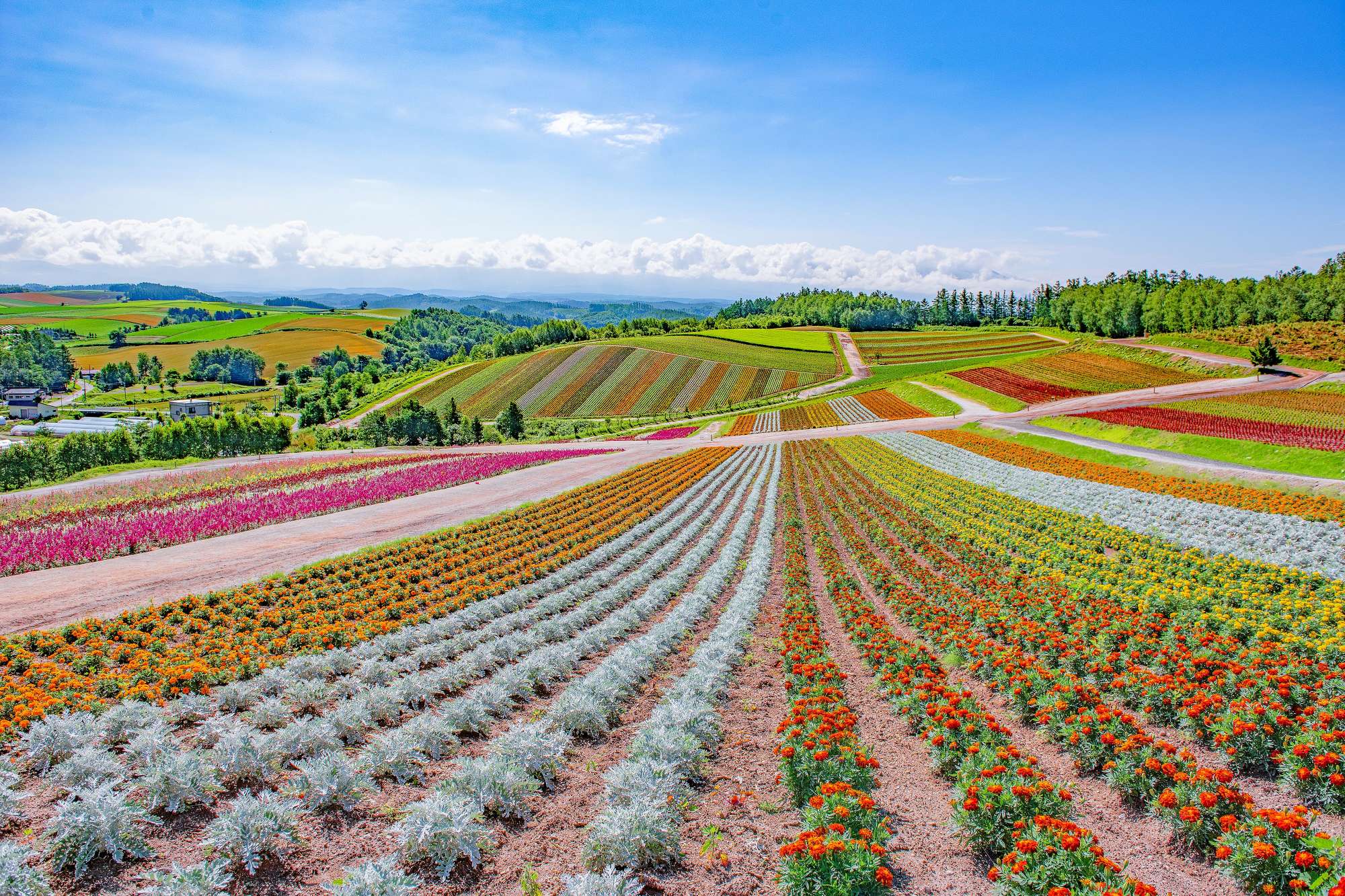
Furano and Biei are most famous for their picturesque rolling fields of lavender and other summer flowers, but there is actually plenty more to see and do in the area than simply admire its bucolic rural landscape.
Up-close encounters with local wildlife, amazingly photogenic natural phenomena, locally-produced wine and cheese, a magical night-time ice festival, energetic hiking in stunning scenery in Japan’s largest national park, and top-class skiing and snowboarding opportunities are just some of the activities in offer in this scenic rural area.
Whatever route you take, the best (and in some cases only) way to get around and access the flower fields and other attractions in the area freely is to rent a car.
1. Ride a Bicycle through Patchwork Fields
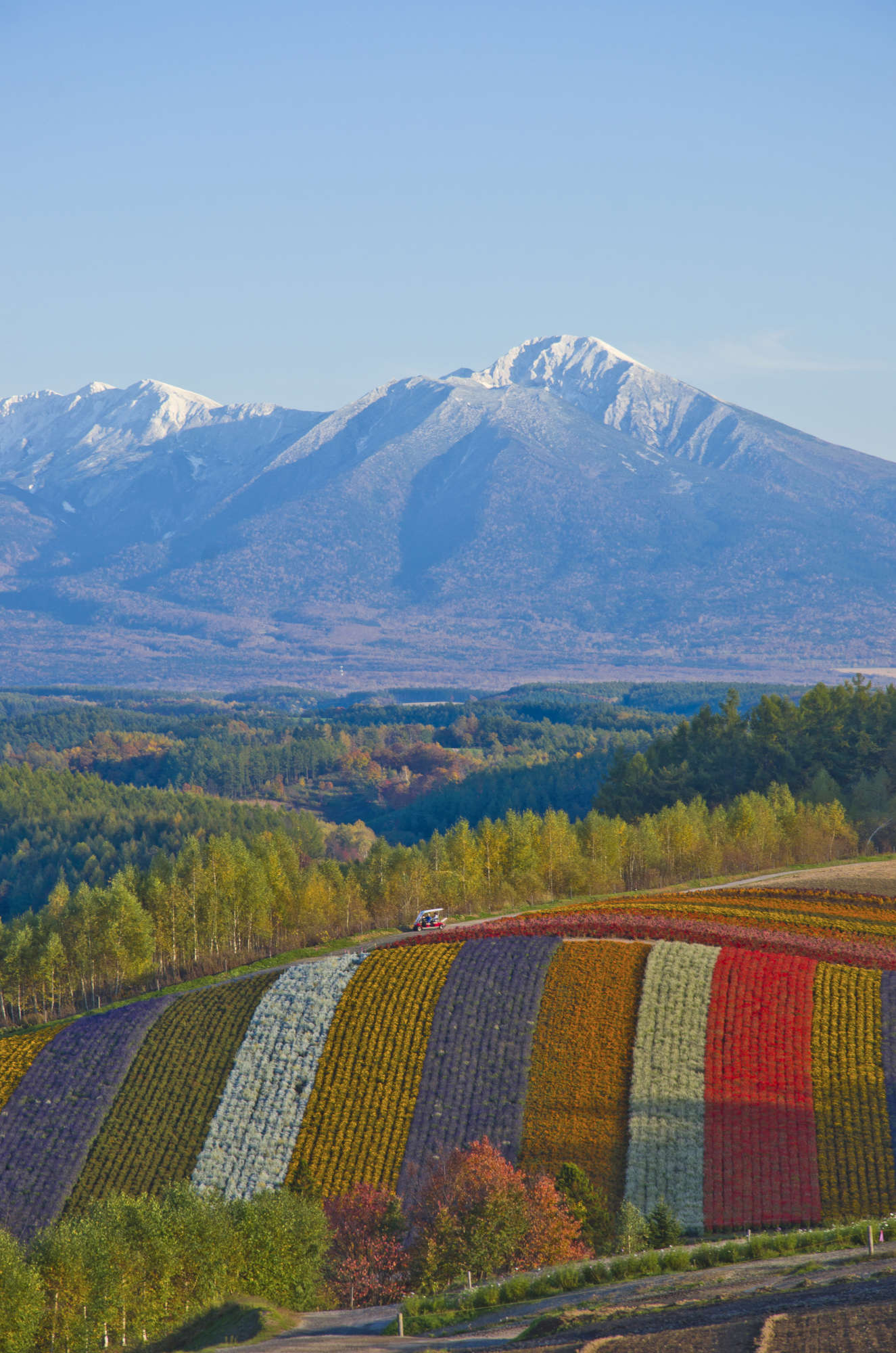
The Biei and Furano area is most famous for its bucolic rural landscapes of vast, colourful rolling flower fields. Once you’ve arrived, the best way to explore the local area’s sights is to hire a bicycle and get out on two wheels.
Start with the area northwest of the town centre, known as Patchwork Road. Make sure you stop off at the Hokusei Hill Observatory, a pyramid-shaped structure offering fine views out over the fields, and Zerebu Hill. You can explore this flower park on foot, but opt for a more unusual mode of transport by taking a ride in one of its interesting old-fashioned carts!
The area south of the town centre is known as Panorama Road. Here, make a beeline for Shikisai Hill, where you can explore the spacious flower fields on a variety of unusual vehicles, from golf carts and a tractor train to snowmobiles in winter! If after all that you still haven’t had your fill of Biei’s bucolic scenery, then Takushinkan, which exhibits landscape photography from Biei and across Japan by renowned Japanese landscape photographer Shinzo Maeda and his eldest son, is also worth a visit.
How To Get There
Both Patchwork and Panorama Road are around 15-40 minutes drive from Asahikawa Airport, 30-60 minutes from Asahikawa Station, or 2-3 hours from central Sapporo.
2. Ride a Tractor through Lavender Fields
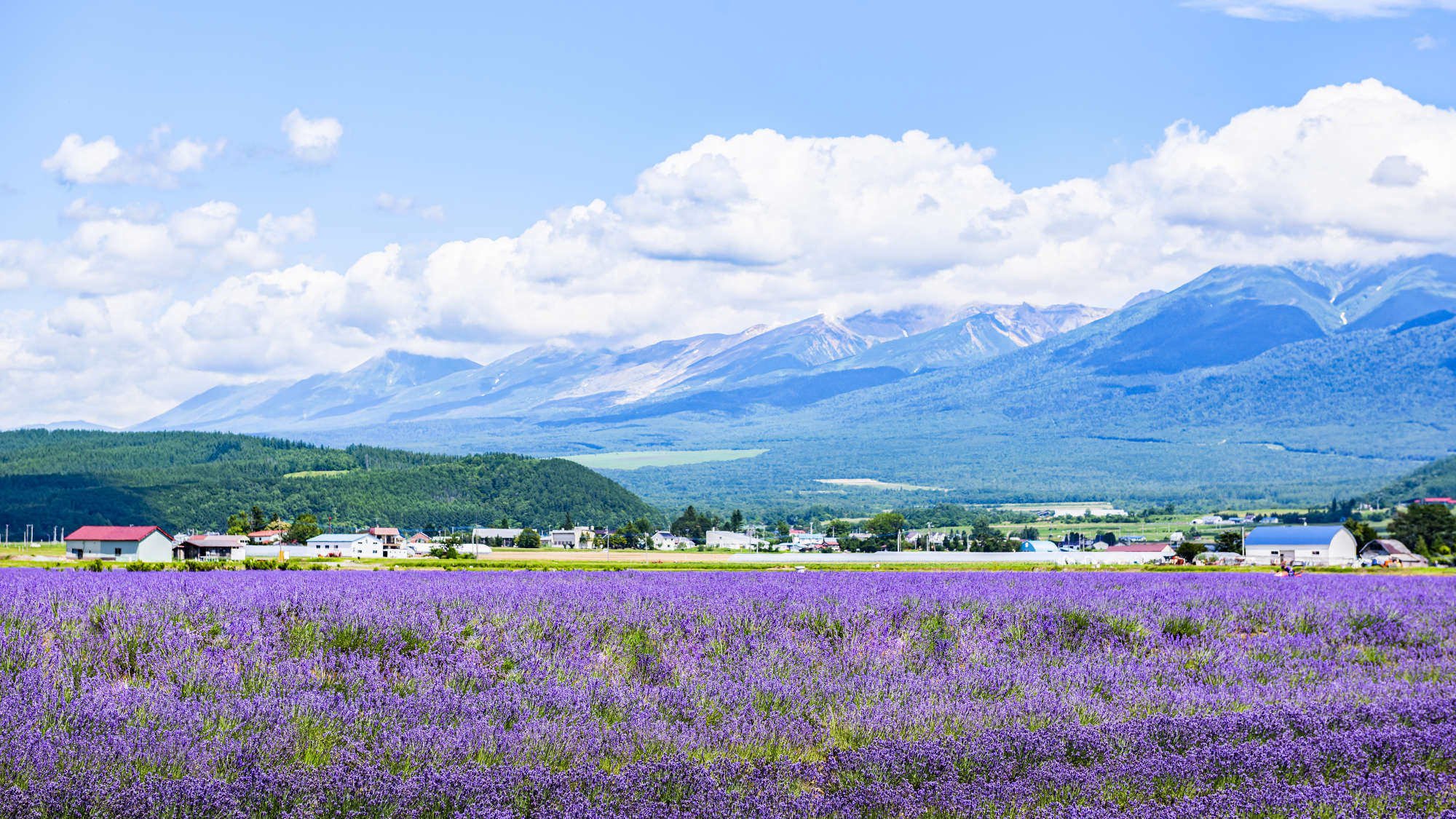
In 2008, Farm Tomita also opened a second farm, Lavender East, about four kilometres east of the main farm. As Hokkaido’s premier lavender destination, naturally the main farm becomes quite crowded during peak season, so head to the extension if you want to escape some of the lavender-seeking hordes at the main farm. Here, you can admire the largest lavender field in Furano at 14 hectares - you can also get that promised tractor ride through the fields on the “Lavender Bus”!
Nearby Flower Land Kamifurano also offers bumpy rides through its lavender fields on carts pulled by tractors. Still not enough lavender for you? Try one of their hands-on experiences, such as lavender cutting and flower pressing, to create a memento of your visit to take home.
How To Get There
3. Get Snap-Happy at the Blue Pond
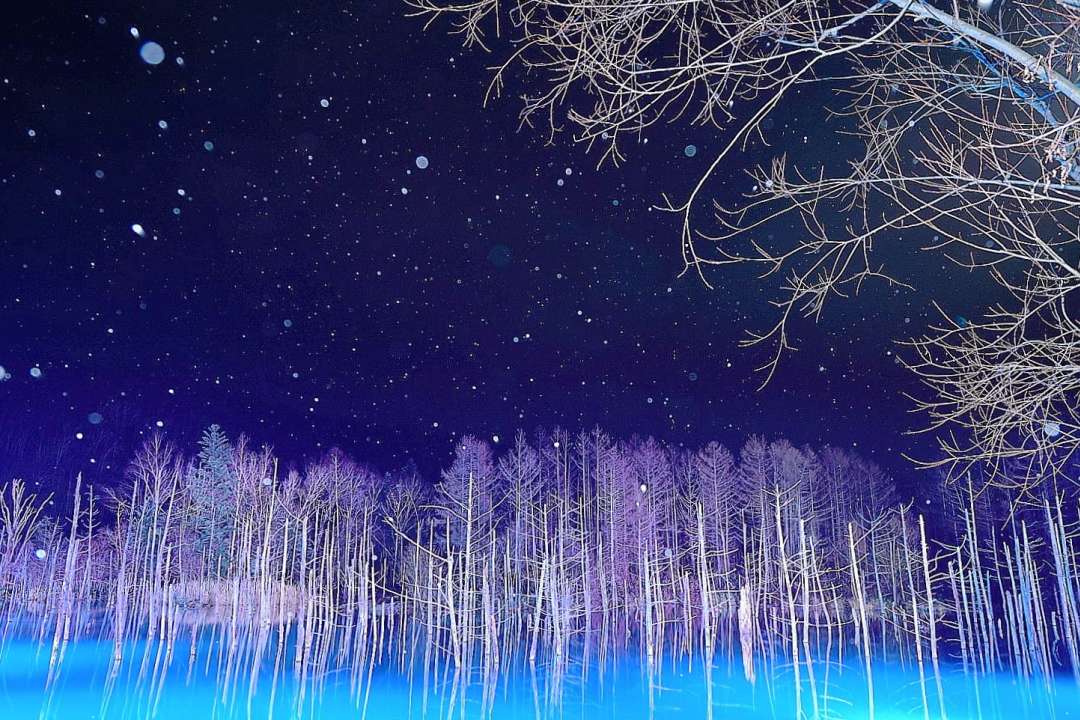
In all honesty, there isn’t much to do at the Blue Pond other than get snap-happy and fill up any space remaining on your camera roll, so if you’ve got time to kill while you're there, why not head over to nearby Shirogane Onsen for a quick relaxing bath?
How To Get There
The Blue Pond is around 35 minutes drive from Asahikawa Airport, 50 minutes from Asahikawa Station, or 2-3 hours from central Sapporo.
4. Fill Up at Furano Winery
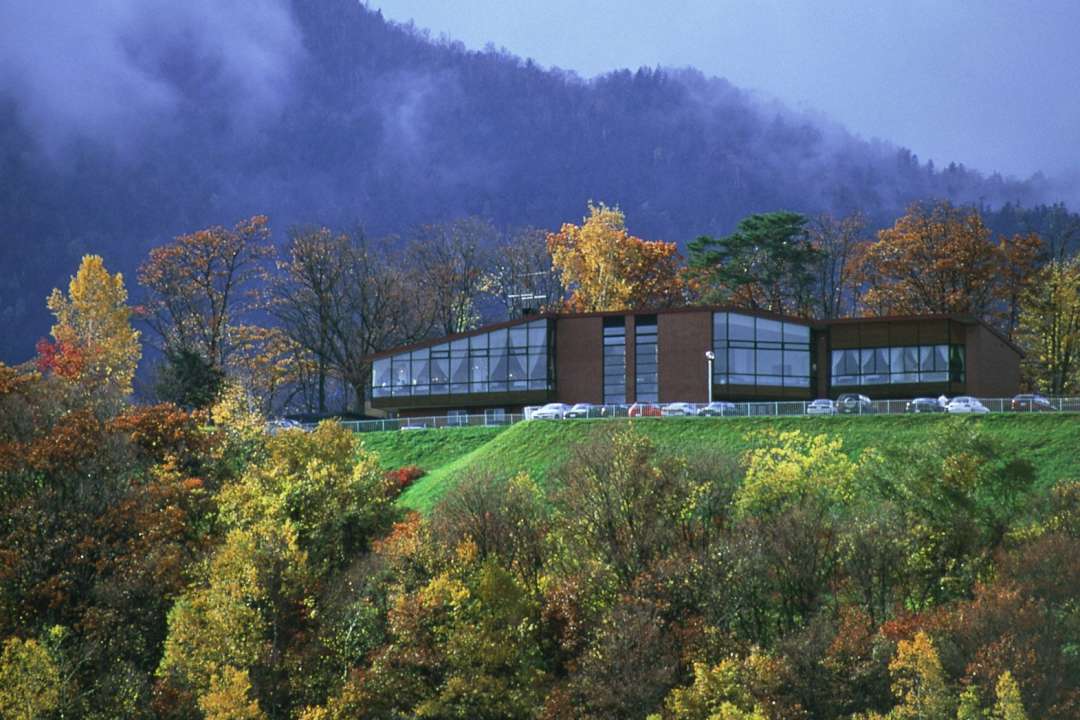
Wine may not immediately spring to mind when thinking of alcoholic beverages and Japan, but local wine has been produced in Furano since 1972. Perched atop a hill overlooking the town, the winery is open to the public and includes free wine tasting - need we say more? If you are not a fan of boozy lunches and prefer to pair with your vino with something more substantial then you can try the winery’s selection of wines matched with western-style food dishes over at the Restaurant Winehouse.
And minors and teetotallers need not despair - about 1.5km north of the winery is the grape juice factory, where you can watch the production process and sample the flavoursome grape juice.
How To Get There
The winery is around 50 minutes drive from Asahikawa Airport, just over 1 hour from Asahikawa Station, or 2 hours from central Sapporo.
5. Get Your Powder on a Furano Ski Resort
If you’re visiting the Furano area in winter you won’t get fields full of flowers, but you will get plenty of powder! Strap on your skis and head down to Furano Ski Resort, one of Hokkaido’s most famous ski resorts, for all the snow-related activities you can manage and more.
The resort is made up of two connected peaks, both offering long, fast runs that have featured in World Cup races. For more advanced or adventurous skiers, there are novelties such as downhill courses, terrain parks, and a half pipe. But those who are less skillful on the slopes won’t go short of things to do either - there are also plenty of wider, gentler slopes suitable for beginners and families.
Not a skier or snowboarder? No problem! Hit up Family Snowland (ignore the name - it's not just for families!), where you can try a variety of other fun snow activities, from snowmobiling and snow rafting to parasailing and even dog sledding. There we go - we told you Furano would offer more snow activities than you could possibly handle!
How To Get There
Furano Ski Resort is around 60 minutes drive from Asahikawa Airport, 1 hour 20 minutes from Asahikawa Station, or 2 hours from central Sapporo.
6. Feast on Camembert at a Cheese Factory
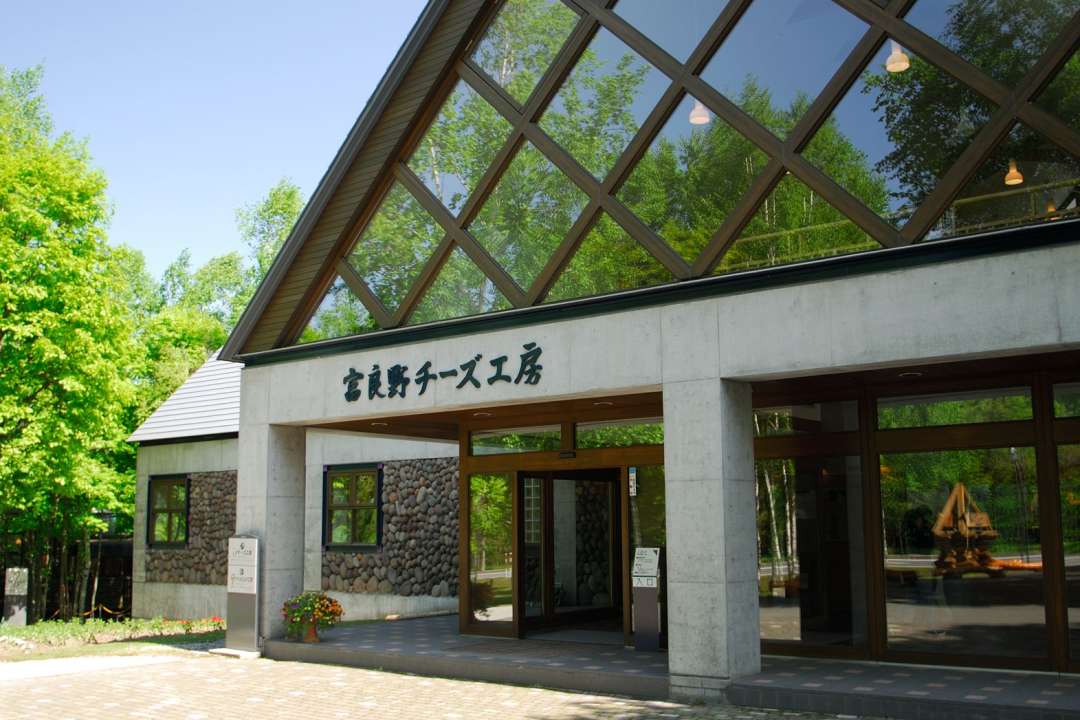
If you appetite for cheese still hasn’t been appeased even after all those samples, don't worry. Besides the cheese factory and factory shop, there is also an ice cream parlour - with cheese, pumpkin and grape flavour ices on offer - and pizzeria on site. And if merely gorging on dairy isn’t enough for you then you can also join a variety of hands-on workshops and try your hand at making butter, cheese, bread or ice cream.
The cheese factory is open 9:00-17:00 (16:00 in winter) and is free to enter. Hands-on workshops require a fee. They start at fixed times throughout the day, but advance reservations are not required (except for the bread workshop).
How To Get There
The cheese factory is just under 1 hour’s drive from Asahikawa Airport, around 1 hour 15 minutes from Asahikawa Station, or 2 hours from central Sapporo.
7. Take a Hike in Daisetsuzan National Park
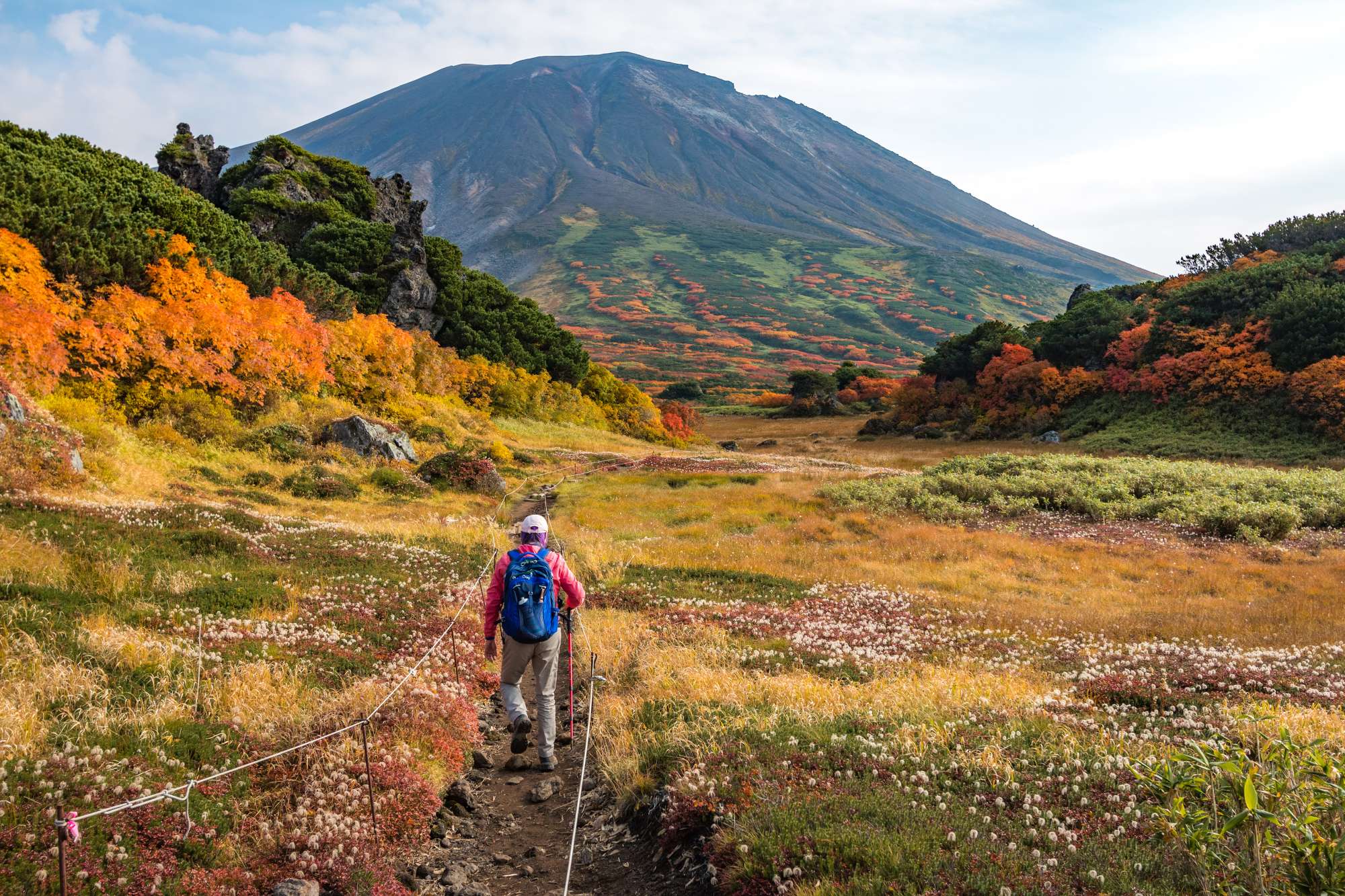
Hokkaido has a grand total of six national parks, of which Daisetsuzan National Park is the largest. With a total area of 226,000 hectares, it is larger than than some of Japan’s smaller prefectures! Preserving a vast mountainous area of virtually unspoiled pristine wilderness, the park is a haven for humans and animals alike seeking solitude and nature away from the bustle and busyness of Japan’s big cities.
The park is also home to several small, quaint onsen towns, chief among them Asahidake Onsen, Sounkyo Onsen, and Tokachidake Onsen. These will stand you in good stead when you’re ready for a luxuriant soak after climbing one of the park’s peaks, such as Mt Kurodake, which is one of the most accessible. For those who are happy to ‘cheat’, Asahidake Ropeway at Asahidake Onsen lifts you to within about two hour’s hike of Mt Asahidake’s summit, while the Kurodake Ropeway and chair lift at Sounkyo Onsen do even better and whisk you to within about an hour’s steep climb of Mt Kurodake’s summit.
Daisetsuzan’s primeval wilderness is home to countless clusters of alpine plants but also various wild animals including Shika deer - and Japanese brown bears! If you’re willing (or eager) to risk a run-in with one of Japan’s furry residents then head to the popular circular hiking route whose trailhead is located in Daisetsu Kogen Onsen. The area is so densely populated by bears that hikers are required to attend a short lecture at the bear information centre before setting off - eek!
How To Get There
Bonus - Brr! Sounkyo Ice Festival
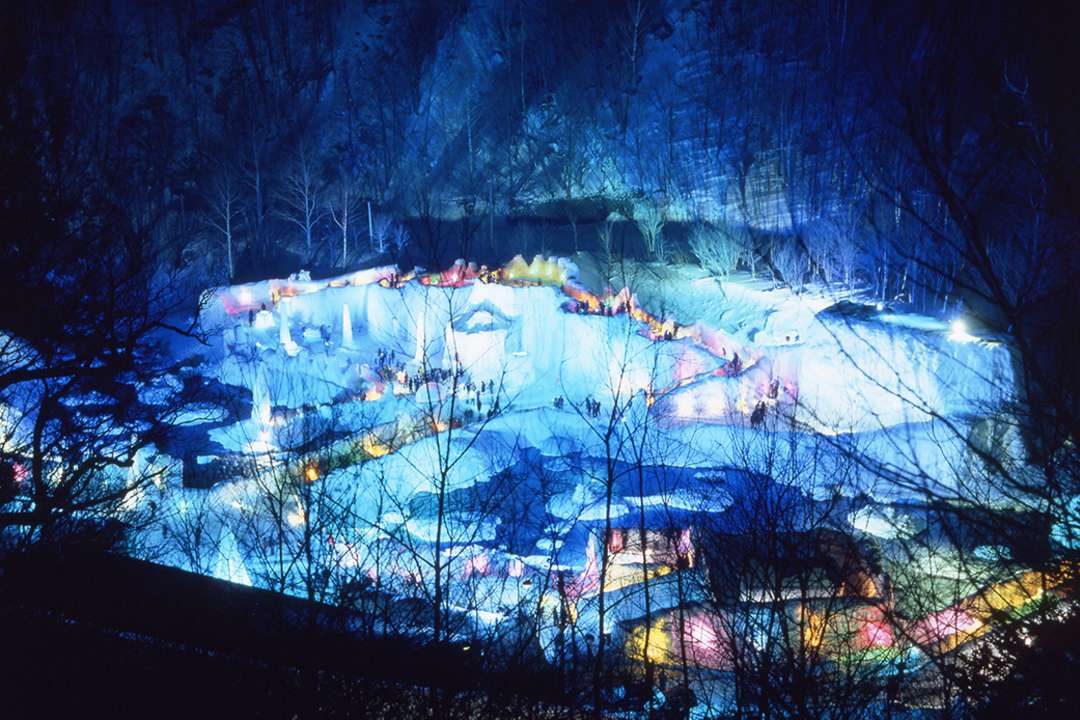
If you’re visiting Daisetsuzan National Park in winter, pencil in a side-trip to Sounkyo Ice Waterfall Festival, an eight-week long festival held in Sounkyo Onsen every year from late January to late March. The festival sees the town’s riverside populated by a variety of fantastical life-size ice structures such as igloos, castles, bridges and pillars, creating a fantastical mini village within a village. At night - which is the most magical time to visit - you’ll get to see all the sculptures illuminated with colourful lights, as well as a small fireworks display.
To stay up to date with all the latest happenings in Japan follow us on Facebook or Instagram.


























































